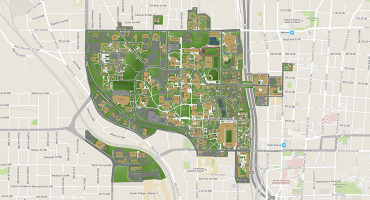Soil-borne Ralstonia solanacearum species complex (RSSC) pathogens disrupt rhizosphere and endophytic microbial communities as they invade roots and fatally wilt plants. RSSC pathogens secrete antimicrobial toxins using a type VI secretion system (T6SS). To investigate how evolution and ecology have shaped pathogen T6SS biology, we analyzed the T6SS gene content and architecture across the RSSC pangenome and their evolutionarily relatives. Our analysis reveals that two ecologically similar Burkholderiaceae taxa, xylem pathogenic RSSC and Acidovorax, have convergently evolved to wield large arsenals of T6SS toxins. To understand the mechanisms underlying genomic enrichment of T6SS toxins, we compiled an atlas of auxiliary (“aux”) T6SS toxin clusters. In the atlas, we classified 25 types of aux clusters with toxins that predominantly target lipids, nucleic acids, or unknown cellular substrates. The aux clusters were in diverse genetic neighborhoods and had complex phylogenetic distributions, suggesting frequent horizontal gene flow. Phages and other mobile genetic elements account for most of the aux cluster acquisition on the chromosome but very little on the megaplasmid. Nevertheless, RSSC genomes were more enriched in aux clusters on the megaplasmid. Secondary replicons like megaplasmids often evolve more rapidly than the more evolutionarily stable chromosome. Although the single ancestral T6SS was broadly conserved in the RSSC, the T6SS was convergently lost in atypical lineages with vectored transmission. Overall, our data suggest dynamic interplay between the lifestyle of soil-transmitted RSSC lineages and the evolution of T6SSs with robust arsenals of toxins.
Hosted By William Ratcliff
Event Details
Location:
EBB 1005
Extras:
Free Food
For More Information Contact
rbailey74@gatech.edu



